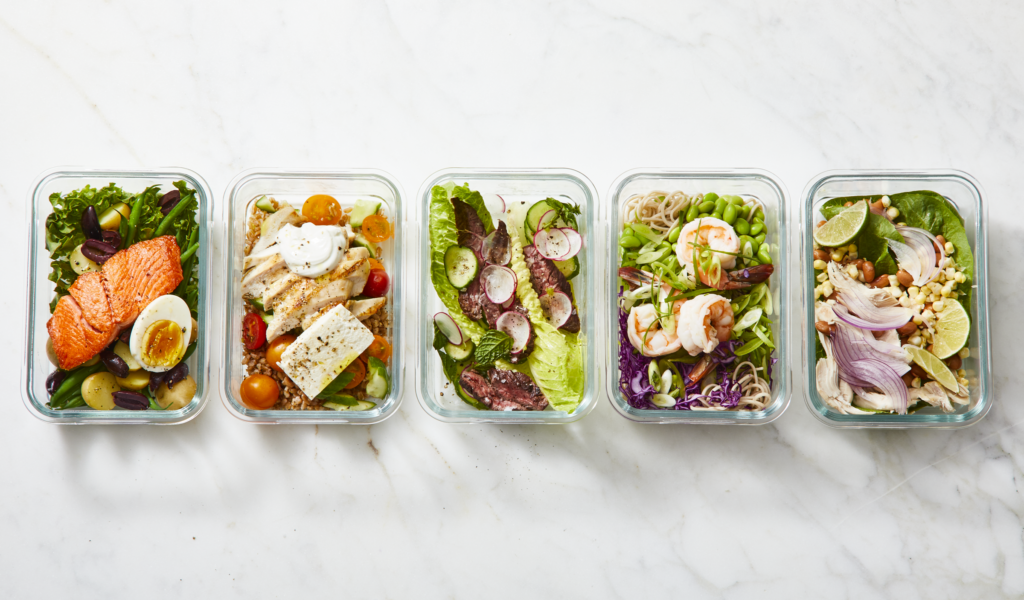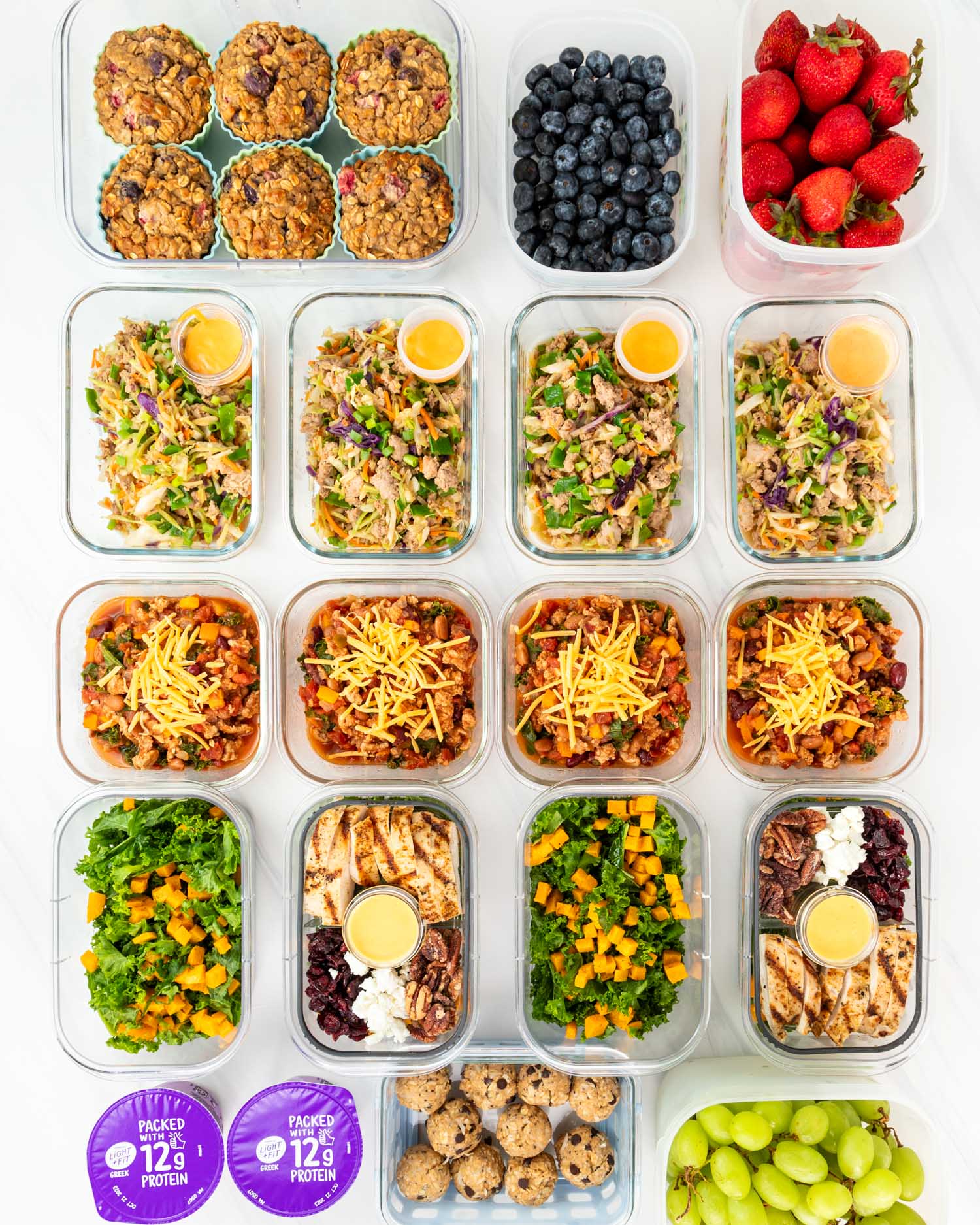
How to Plan and Prepare Food for the Week
Planning and preparing food for the week is a game-changing habit for busy individuals seeking to maintain a healthy diet, save time, and reduce stress. This guide provides a comprehensive step-by-step approach to meal planning and preparation, from creating a menu to storing meals safely. Whether you’re a seasoned home cook or new to meal prepping, this article equips you with practical insights and strategies to succeed.
Why Weekly Food Planning Matters
Preparing meals in advance offers numerous benefits, including improved health, better time management, and reduced food waste. By dedicating a few hours to planning and preparation, you can enjoy home-cooked meals throughout the week without the hassle of daily cooking.
Benefits of Meal Planning:
- Healthier Eating Habits: Control portions, reduce reliance on takeout, and ensure balanced meals.
- Time Savings: Cut down on daily cooking and cleanup time.
- Cost Efficiency: Buy ingredients in bulk and avoid impulse purchases.
- Reduced Food Waste: Use up perishable items effectively.
Step 1: Assess Your Needs and Schedule
Start by evaluating your weekly schedule and dietary requirements. Consider the following:
- Number of Meals: Determine how many meals and snacks you need for the week.
- Dietary Preferences: Account for specific diets (e.g., keto, vegetarian, gluten-free) or nutritional goals.
- Time Constraints: Identify days when you’re busiest and need quick options.
Pro Tip: Use a meal-planning template or app to organize your ideas and create a visual guide.
Step 2: Choose Recipes That Suit Your Lifestyle
When selecting recipes, aim for a mix of easy-to-make meals and dishes that can be cooked in bulk. Incorporate a balance of proteins, carbohydrates, healthy fats, and vegetables.
Recipe Ideas:
- Breakfast: Overnight oats, breakfast burritos, or smoothie packs.
- Lunch: Grain bowls, salads with protein, or soups.
- Dinner: Stir-fries, sheet pan meals, or slow cooker dishes.
- Snacks: Veggie sticks with hummus, nuts, or homemade energy bars.
Pro Tip: Opt for recipes that share overlapping ingredients to minimize your shopping list.
Step 3: Create a Detailed Grocery List
A well-organized grocery list ensures you buy only what you need and helps streamline your shopping trip.
- Group Items by Category: Divide your list into sections such as produce, dairy, proteins, pantry staples, and frozen foods.
- Check Your Pantry: Take inventory of items you already have to avoid overbuying.
- Plan for Flexibility: Include a few versatile ingredients (e.g., eggs, rice, or canned beans) for impromptu meals.
Pro Tip: Shop for perishables closer to your prep day to ensure freshness.
Step 4: Prep Ingredients in Advance
Prepping ingredients ahead of time is a cornerstone of efficient meal preparation. Here’s how to make the process seamless:
- Wash and Chop Produce: Store prepped veggies in airtight containers for easy access.
- Portion Proteins: Marinate, cook, or freeze proteins like chicken, fish, or tofu.
- Cook Staple Items: Prepare grains, roast vegetables, and boil pasta for use in multiple dishes.
Pro Tip: Label containers with dates to keep track of freshness.
Step 5: Assemble and Store Meals
Once your ingredients are ready, begin assembling meals in individual containers. This not only saves time but also ensures portion control.
Storage Tips:
- Use BPA-free, microwave-safe containers.
- Label meals with names and dates.
- Store items like sauces and dressings separately to prevent sogginess.
Pro Tip: Freeze meals you plan to eat later in the week to extend shelf life.
Personal Perspective: How Meal Prep Changed My Routine
As someone who used to rely heavily on takeout and processed foods, incorporating meal planning into my weekly routine was transformative. Initially, I was intimidated by the process, but with time and practice, it became second nature.
My Experience:
I start every Sunday by choosing three core recipes for the week. For example, last week, I prepped:
- A hearty lentil and vegetable soup.
- Grilled chicken with quinoa and roasted vegetables.
- A spinach and feta frittata for breakfasts.
I batch-cooked these meals in under three hours, portioned them into containers, and stacked them neatly in my fridge. The result? I felt less stressed during the workweek and noticed a significant improvement in my energy levels and focus.
The biggest challenge I faced was maintaining variety, but I solved this by exploring different cuisines and experimenting with spices. I now look forward to my weekly prep sessions as a time to recharge and set myself up for success.
Tips for Staying Consistent with Meal Prep
- Start Small: Prep just a few meals to build confidence and avoid overwhelm.
- Invest in Quality Tools: Sharp knives, cutting boards, and meal prep containers make a big difference.
- Involve Family or Friends: Turn meal prep into a fun activity.
- Rotate Recipes: Prevent boredom by trying one new recipe each week.
Conclusion
Meal planning and preparation can revolutionize your approach to eating, making it easier to stay on track with your health goals while saving time and money. By following this guide, you’ll not only master the art of meal prepping but also create a sustainable habit that supports your lifestyle.
FAQ: Weekly Meal Preparation
Q: How long can prepped meals stay fresh in the fridge?
A: Most prepped meals stay fresh for 3–5 days if stored properly in airtight containers. For longer storage, consider freezing.
Q: What’s the best way to reheat prepped meals?
A: Reheat meals on the stovetop or in the microwave using a microwave-safe container. Add a splash of water to prevent dryness.
Q: Can I meal prep on a budget?
A: Absolutely! Plan meals around sales, use seasonal produce, and buy pantry staples in bulk.
Q: How do I prevent boredom with meal prep?
A: Rotate recipes, experiment with spices, and mix up cuisines to keep things exciting.
Q: What are the best containers for meal prep?
A: Look for BPA-free, stackable containers with airtight lids. Glass containers are ideal for reheating.
Q: How can I make meal prep faster?
A: Use tools like a food processor, invest in a slow cooker or Instant Pot, and prep ingredients in batches.
Q: Is meal prepping suitable for families?
A: Yes! Involve family members in the planning and preparation process to accommodate everyone’s tastes.
Q: How do I store leafy greens without wilting?
A: Wash and dry greens thoroughly, then store them in a container lined with paper towels.
Q: Can I meal prep if I follow a special diet?
A: Yes, just tailor your recipes to meet your dietary needs, whether it’s keto, vegan, or gluten-free.
Q: What’s the easiest meal to start with for beginners?
A: Start with simple recipes like overnight oats for breakfast or a one-pot pasta dish for dinner.

